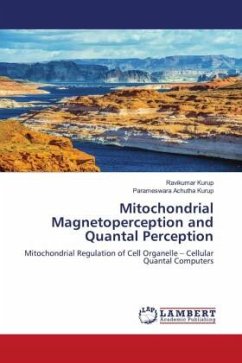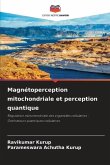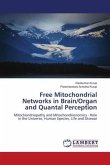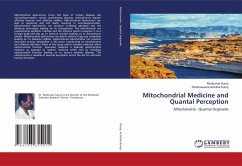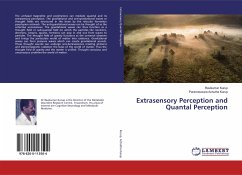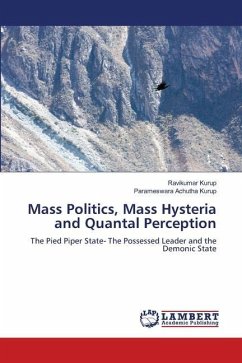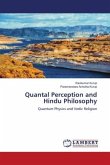A free archaeal colony also inhabits the brain as endosymbiotic archaea. The archaea is capable of magnetoperception and magnetotaxis. Mitochondria is proteobacteria and could have evolved from a magnetotactic bacteria. It has its own bacterial DNA and can undergo fission and fusion and form a colony outside the cell. The brain has an extracellular mitochondrial network which is perceptive and magnetotactic and controls brain function. The mitochondrial clusters are seen in nerve endings and are important in neurotransmitter release from the presynaptic neuron. The free mitochondrial network in the brain acts like a bacterial colony and controls brain function and neurotransmission. Iron-sulphur centres and flavoproteins of the mitochondria are capable of magnetoperception and making the mitochondria magnetotaxic.
Bitte wählen Sie Ihr Anliegen aus.
Rechnungen
Retourenschein anfordern
Bestellstatus
Storno

